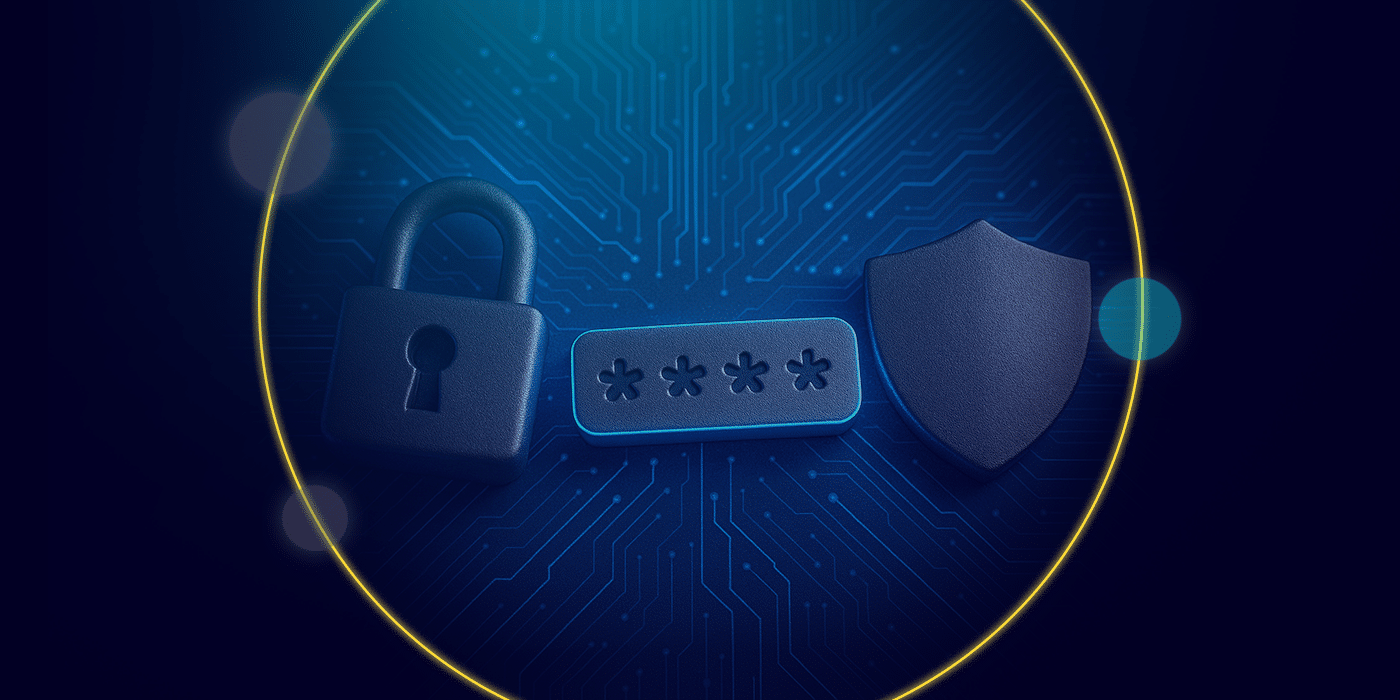If I told you to describe a typical fraudster or scammer, most people would depict a guy hunched over a computer with lines of code wearing a black hoodie and a mask. Fraud, however, can sometimes be so simple and, therefore, greatly effective. If one “doesn’t have any money,” how can he pay you back? It’s as simple as that.
Fraudulent conveyance, also known as fraudulent transfer or conversion fraud, is a growing issue that can threaten the stability and integrity of businesses. In this guide, we’ll discuss fraudulent conveyance and everything related to it. We at AU10TIX can be your ally in defending against fraudulent conveyance. We know how to nip this problem in the bud, keeping you worry-free and allowing you to focus on what’s important to you.
Understanding Fraudulent Conveyance
Fraudulent conveyance involves illegally transferring assets to avoid debt obligations or hinder creditors’ rights. Consider a scenario where a struggling business owner, who knows that bankruptcy is creeping up fast, decides to transfer their company’s valuable assets to a family member at a fraction of their true value. This action can leave creditors empty-handed and disrupt the financial ecosystem when it comes time to collect.
There are various forms of fraudulent conveyance, including actual fraud and constructive fraud. Actual fraud occurs when intentional deceit is involved in asset transfer. In contrast, constructive fraud happens when a transfer is made without consideration, leaving the debtor insolvent or with unreasonably small capital.
Let’s understand this a little better. Imagine a company on the brink of bankruptcy selling its inventory to a related party for significantly less than its market value, effectively depleting its assets to avoid creditor claims. Despite not intending to defraud creditors, this action can still be deemed constructive fraud, leaving them empty-handed.
An issue like this can be devastating and completely unexpected; falling victim to fraudulent conveyance can leave you at a loss. Businesses must implement fraud prevention measures to assess this risk. We (AU10TIX) offer comprehensive solutions to this problem, including advanced identity verification and authentication processes. By verifying the identities of counterparties and conducting thorough due diligence, you can stay on top of this fraudulent activity and make sure it doesn’t happen.
What is Unintended Fraudulent Conveyance?
Unintended fraudulent conveyance occurs when a transaction is made without harmful intent but still results in damage to creditors. For example, a business owner may innocently transfer assets to a family member to protect them from potential creditors. However, if this transfer renders the business insolvent, it could be held accountable for unintended fraudulent conveyance.
Let’s take another example. Consider a small business owner who, in an attempt to shield personal assets from business creditors, transfers ownership of their home to a family member. While the intention may be to protect their personal wealth, if this transfer leaves the business unable to meet its financial obligations, it could be challenged as an unintended fraudulent conveyance.
How To Avoid a Fraudulent Transfer
Now that we are educated about this issue, we at AU10TIX created a detailed step-by-step guide anyone can follow to prevent fraudulent transfers:
1. Conduct Due Diligence: Thoroughly vet potential transactions and counterparties to ensure transparency and legitimacy. For instance, before engaging in a significant asset transfer, conduct background checks on the recipient to verify their identity and assess their financial stability.
2. Maintain Accurate Records: Keep detailed records of all financial transactions and asset transfers to demonstrate transparency and accountability. Proper documentation can serve as evidence of legitimate business dealings against fraud claims.
3. Implement Internal Controls: Establish internal controls and procedures to detect and prevent fraudulent activity within your organization. This may include regular audits, segregation of duties, and employee training on fraud awareness and prevention.
4. Seek Legal Advice: Consult with legal experts to ensure compliance with applicable laws and regulations and to process financial transactions safely. Legal professionals can provide valuable guidance on structuring transactions to minimize risk and protect against legal claims.
Fraudulent Conveyance Laws in The U.S.
In the United States, fraudulent conveyance laws are governed by federal and state regulations. Section 548 of the U.S. Bankruptcy Code outlines provisions related to fraudulent conversion, encouraging creditors to challenge transfers made with fraudulent intent.
How Au10tix Can Help you Protect your Business
We specialize in averting fraud and financial crimes from you and your business. We have the technology on our side and a devoted team that prioritizes customer service. We offer many professionally unmatched solutions, including AML screening and identity verification, that provide the most reliable protection against fraudulent conveyance. If you ask any of our valued customers, partnering with us is the right choice; we hope you let us prove it to you!
How are fraudulent bank transfers handled?
If you suspect a fraudulent bank transfer, immediately report the incident to your financial institution. To facilitate an investigation, provide any evidence or documentation supporting your claim.
How to prove fraudulent conveyance?
Proving fraudulent conveyance requires demonstrating fraudulent intent or inadequate consideration in asset transfers. Consult with legal experts to gather evidence and navigate the legal process effectively. For instance, if you suspect a fraudulent conveyance involving a business transaction, gather documentation such as contracts, financial records, and communication exchanges to support your claim.
Is fraudulent conveyance hard to prove?
Fraudulent conveyance cases can be complex and challenging to prove, requiring thorough investigation and evidence gathering. However, with proper documentation and legal assistance, victims can recover their losses.
Conclusion
In conclusion, fraudulent conveyance poses significant risks to businesses, creditors, and anyone associated with the company. The battle against fraud starts by understanding what to look out for, and you did just that by reading this piece. Our craft is protecting your business, and we know how to tackle problems like conveyance fraud and many others.







